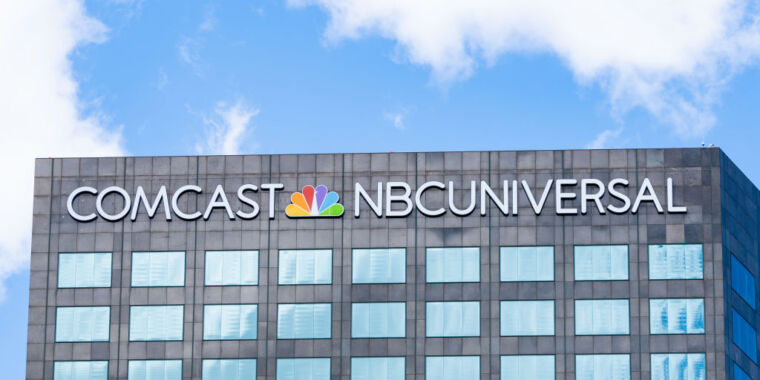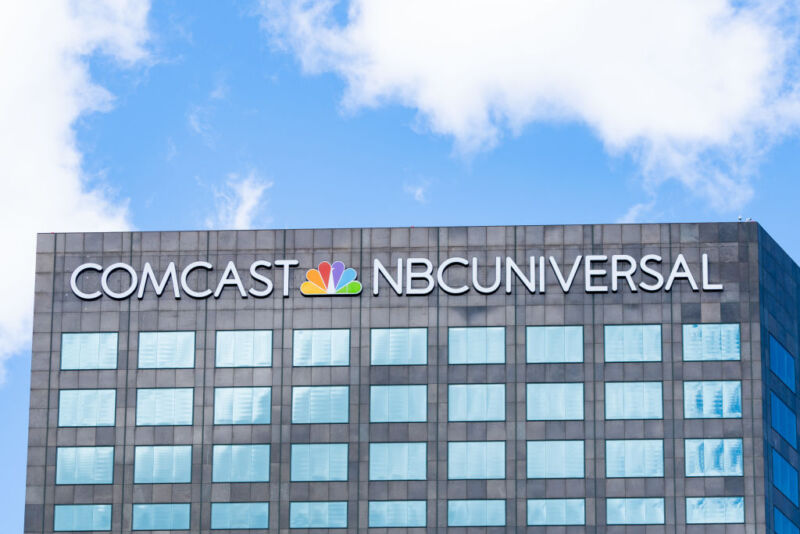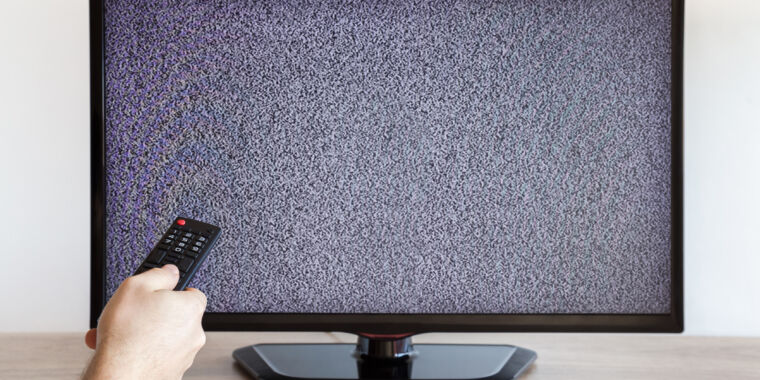Cable nostalgia persists as streaming gets more expensive, fragmented
Streaming is overtaking broadcast, cable, and satellite. But amid all the cord cutting lies a much smaller, yet intriguing, practice: going back to cable.
Cord reviving is when cord cutters, or people who previously abandoned traditional TV services in favor of streaming, decide to go back to traditional pay-TV services, like cable.
There’s no doubt that this happens far less frequently than cord cutting. But TiVo’s Q2 2025 Video Trends Report: North America released today points to growth in cord reviving. It reads:
The share of respondents who cut the cord but later decided to resubscribe to a traditional TV service has increased about 10 percent, to 31.9 percent in Q2 2025.
TiVo’s report is based on a survey conducted by an unspecified third-party survey service in Q2 2025. The respondents are 4,510 people who are at least 18 years old and living in the US or Canada, and the survey defines traditional TV services as pay-TV platforms offering linear television via cable, satellite, or managed IPTV platforms.
It’s important to note that TiVo is far from an impartial observer. In addition to selling an IPTV platform, its parent company, Xperi, works with cable, broadband, and pay-TV providers and would directly benefit from the existence or perception of a cord reviving “trend.”
Although, this isn’t the first we’ve heard of streaming customers returning to cable. Surveys of 3,055 US adults in 2013 and 2025 by CouponCabin found that, “among those who have made the switch from cable to streaming, 22 percent have returned to cable, while another 6 percent are considering making the switch back.”
When reached for comment, a TiVo spokesperson said via email that cord reviving is driven by a “mixture of reasons, with internet bundle costs, familiarity of use, and local content (sports, news, etc.) being the primary drivers.” The rep noted that it’s “likely” that those re-subscribing to traditional TV services are using them alongside some streaming subscriptions.
“It’s possible that users are churning off some [streaming] services where there is overlap with traditional TV services,” TiVo’s spokesperson said.
Cable nostalgia
According to Nielsen, streaming service viewership on TVs surpassed that of cable and broadcast combined for the first time in May (44.8 percent for streaming versus 24.1 percent for cable and 20.1 percent for broadcast).
Cable nostalgia persists as streaming gets more expensive, fragmented Read More »





